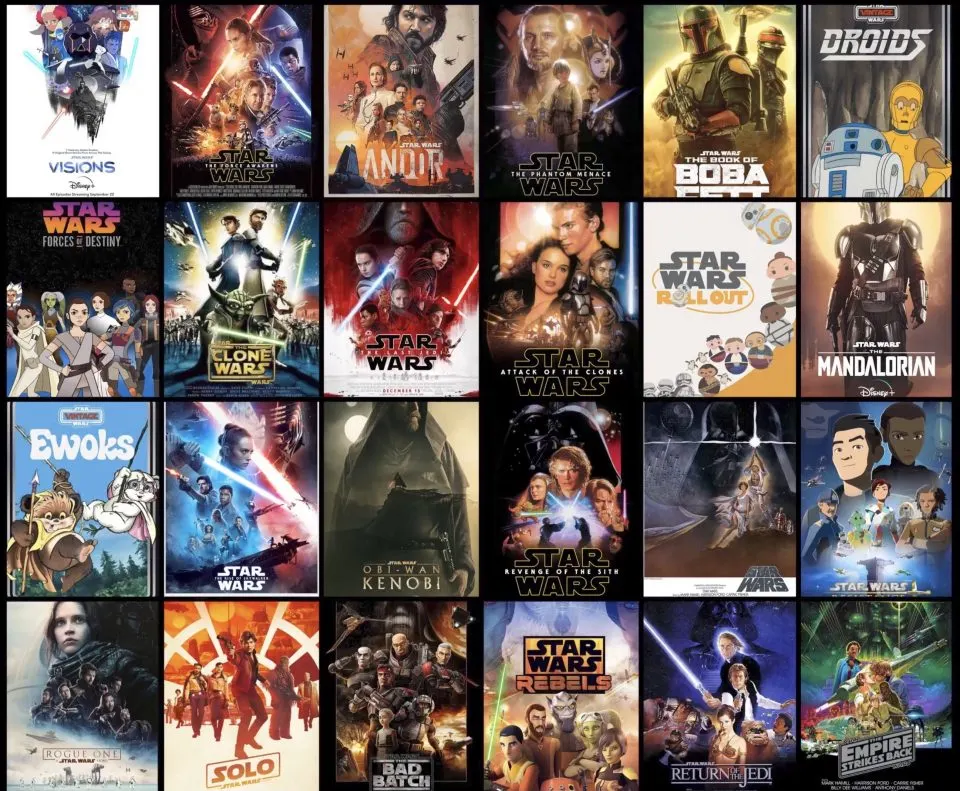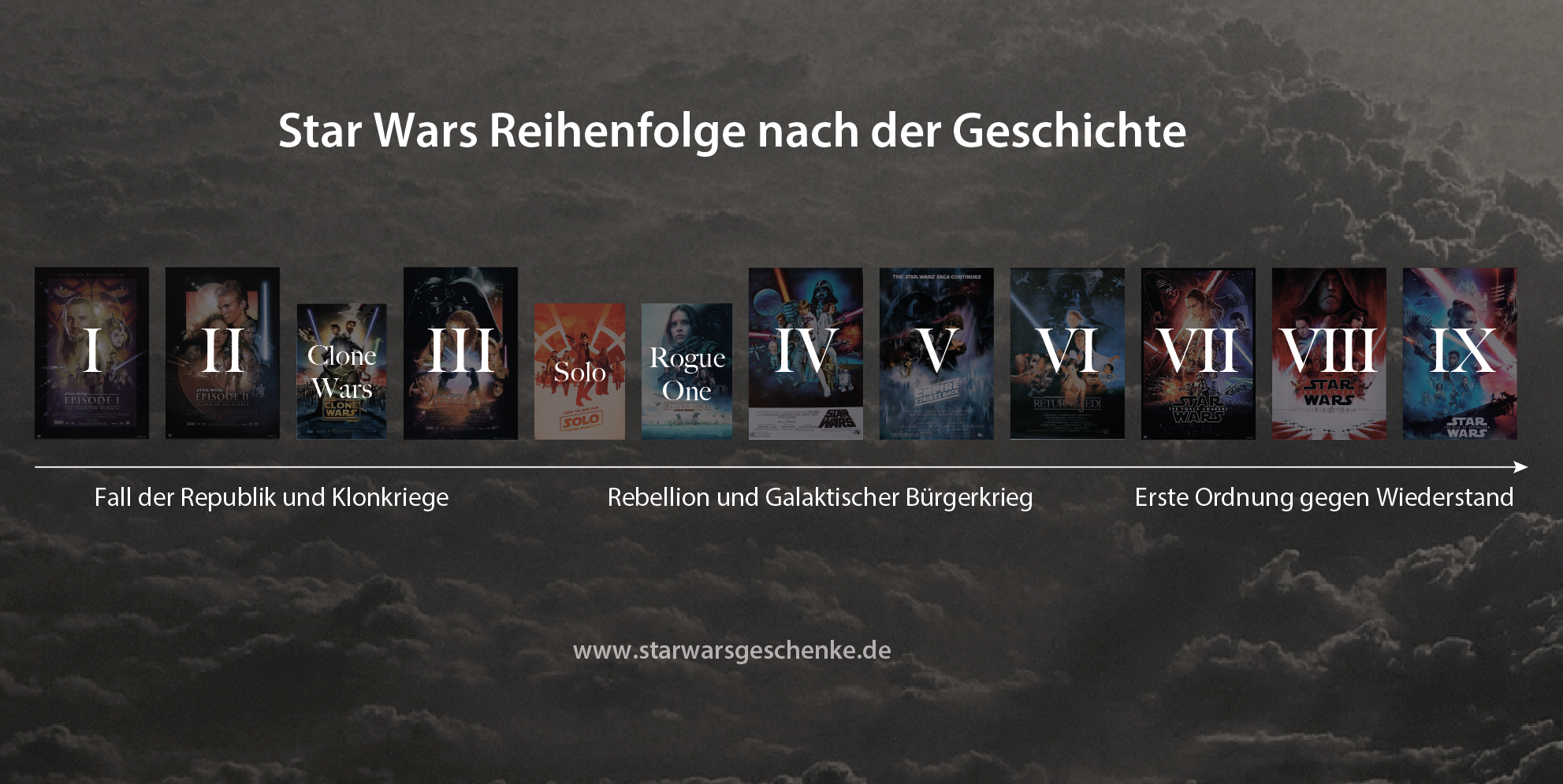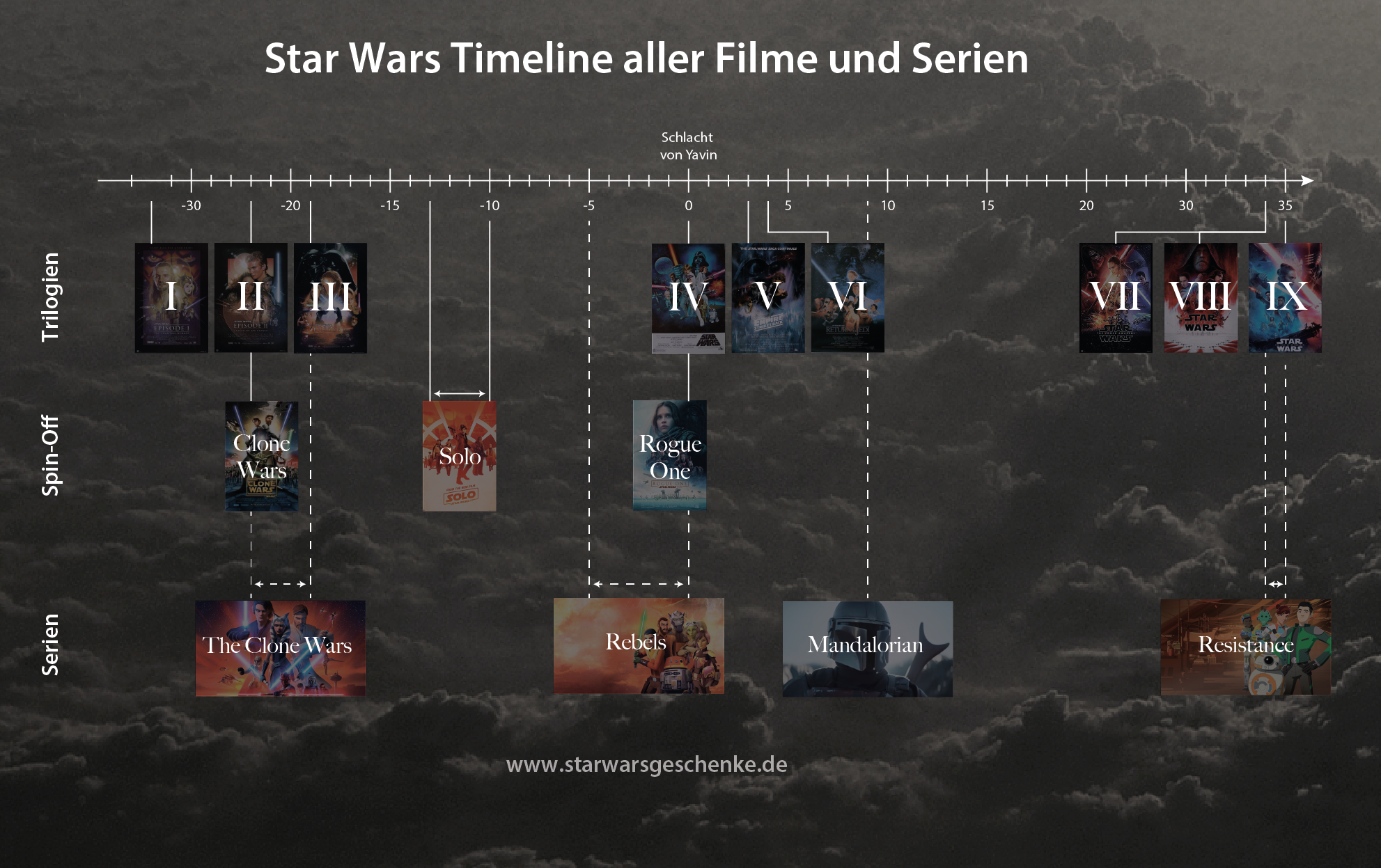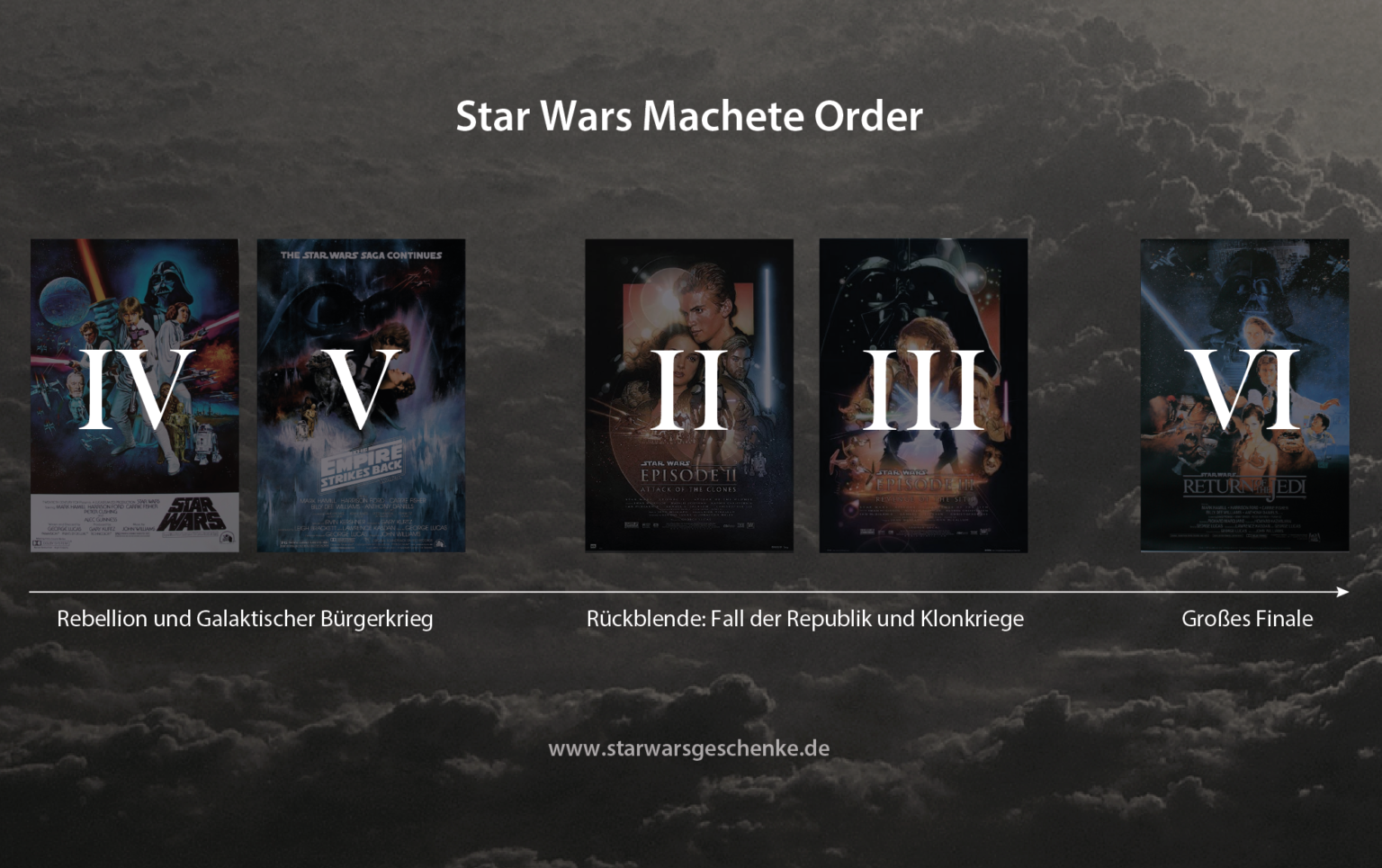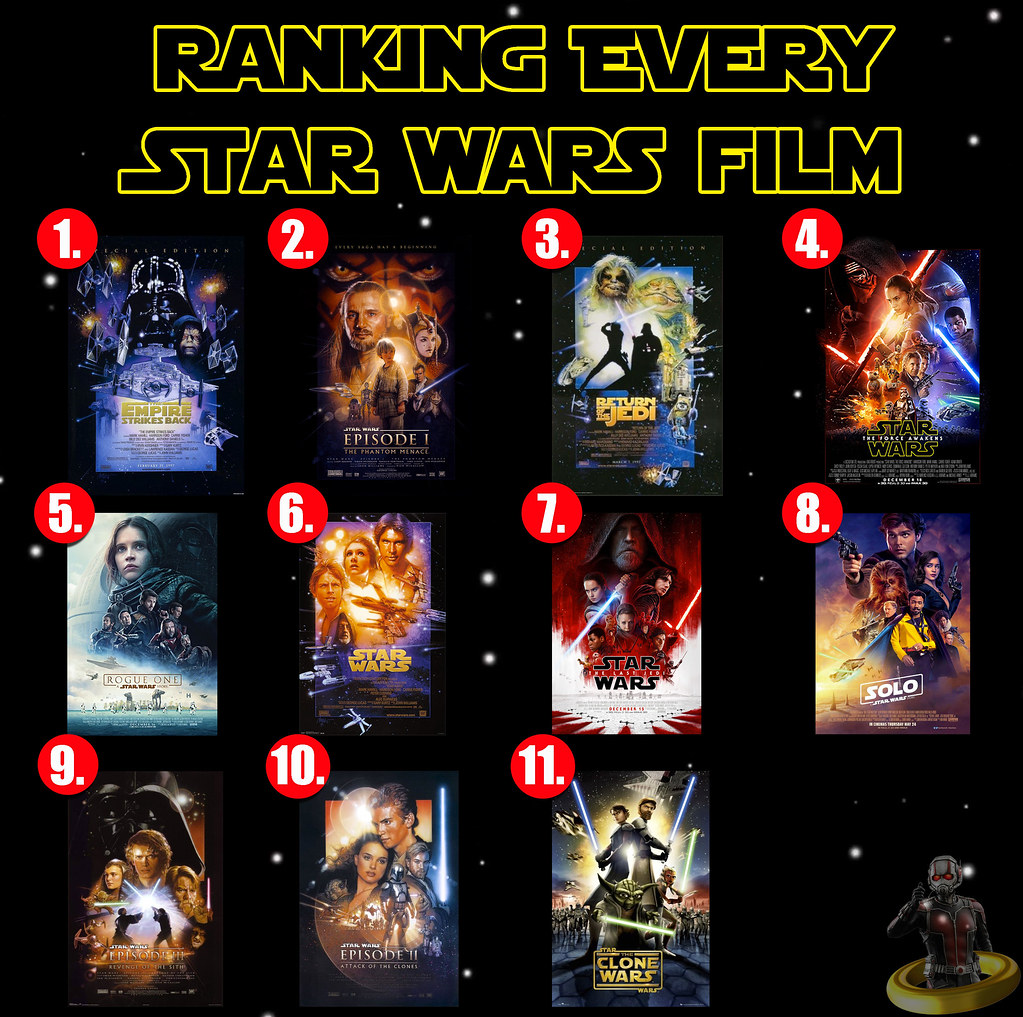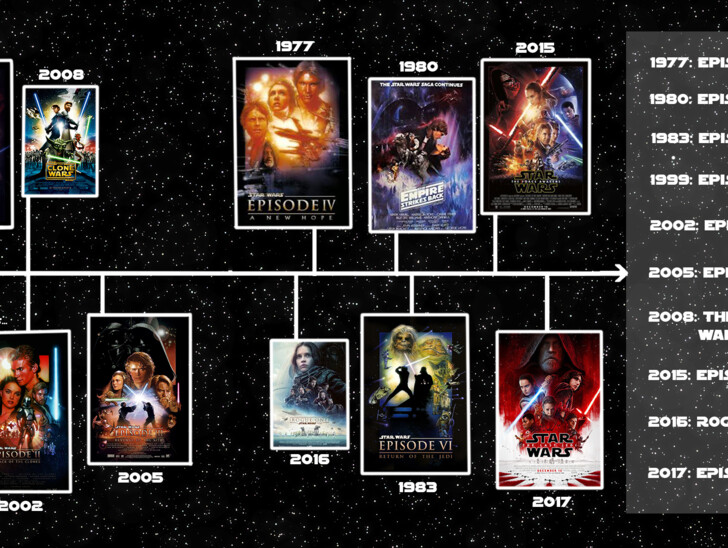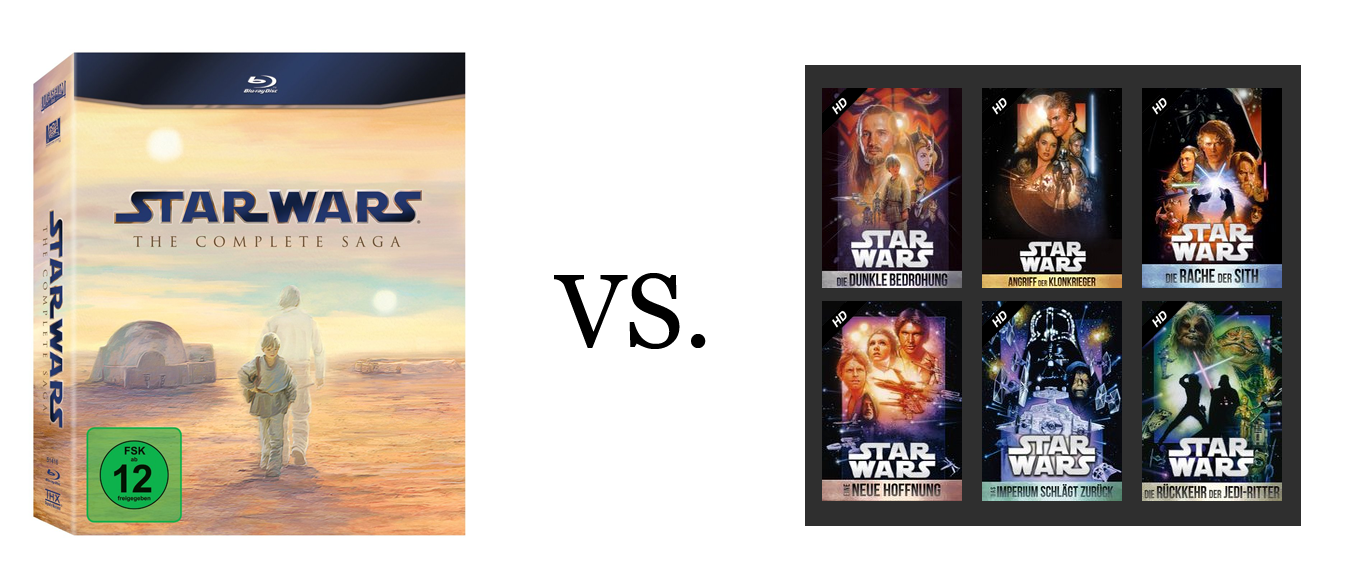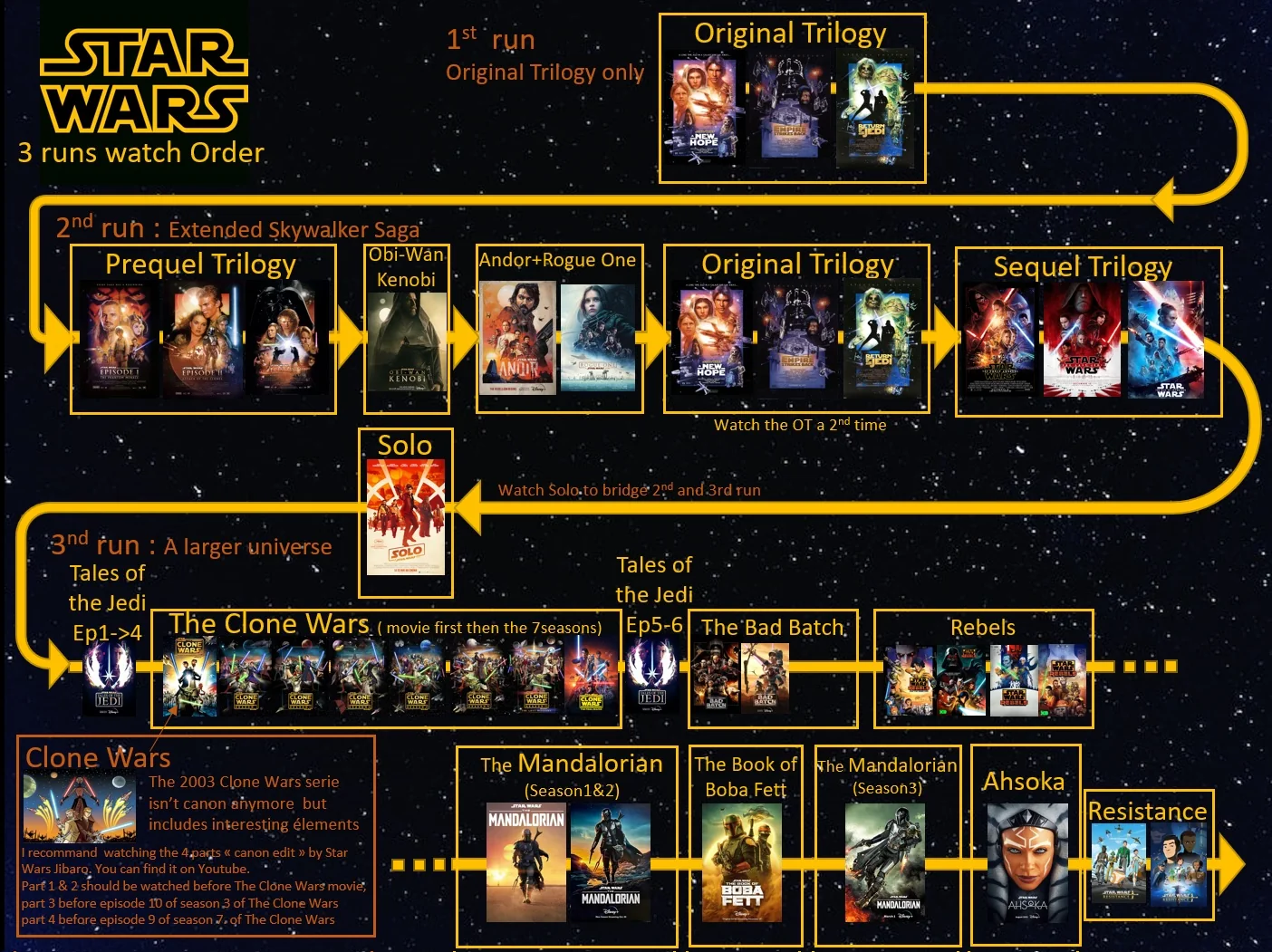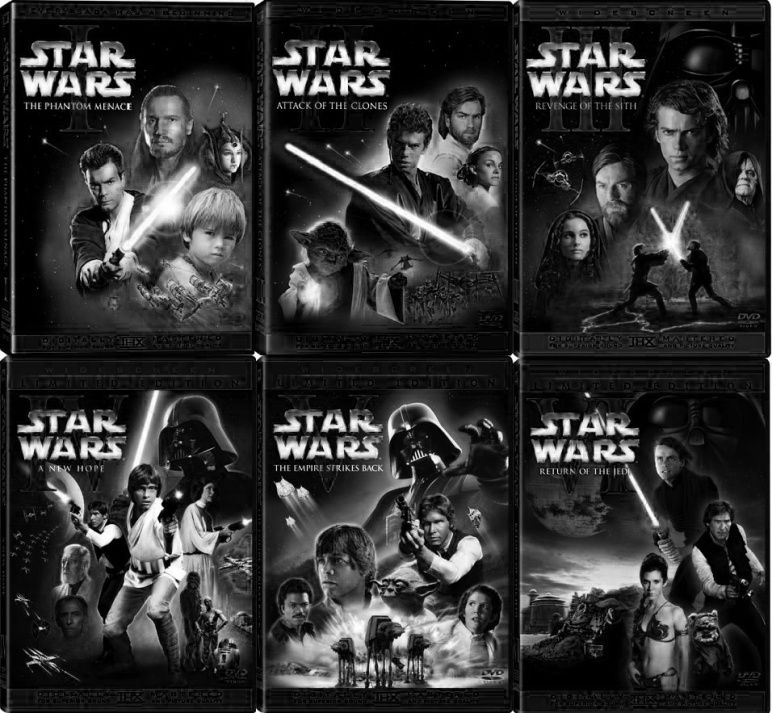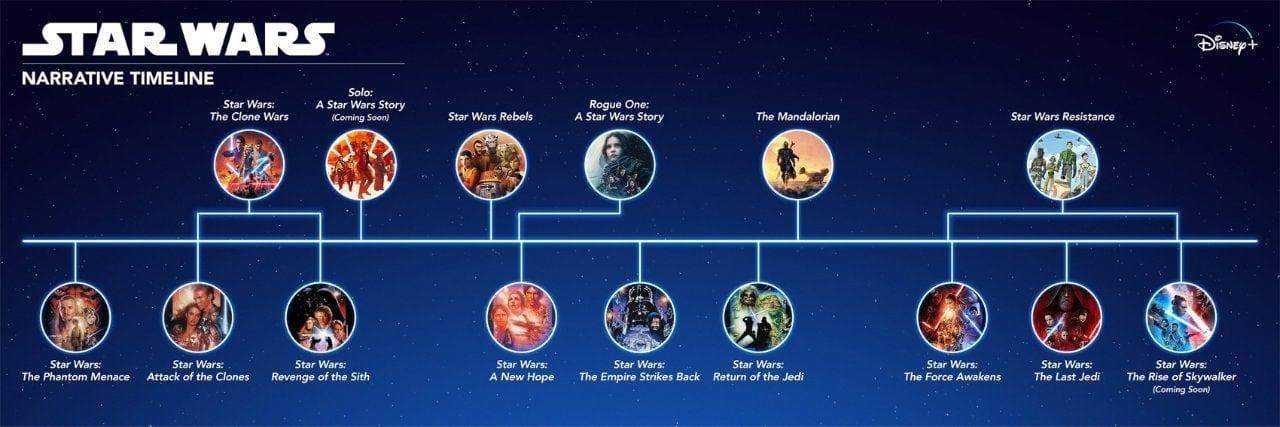Star Wars Welche Reihenfolge Anschauen
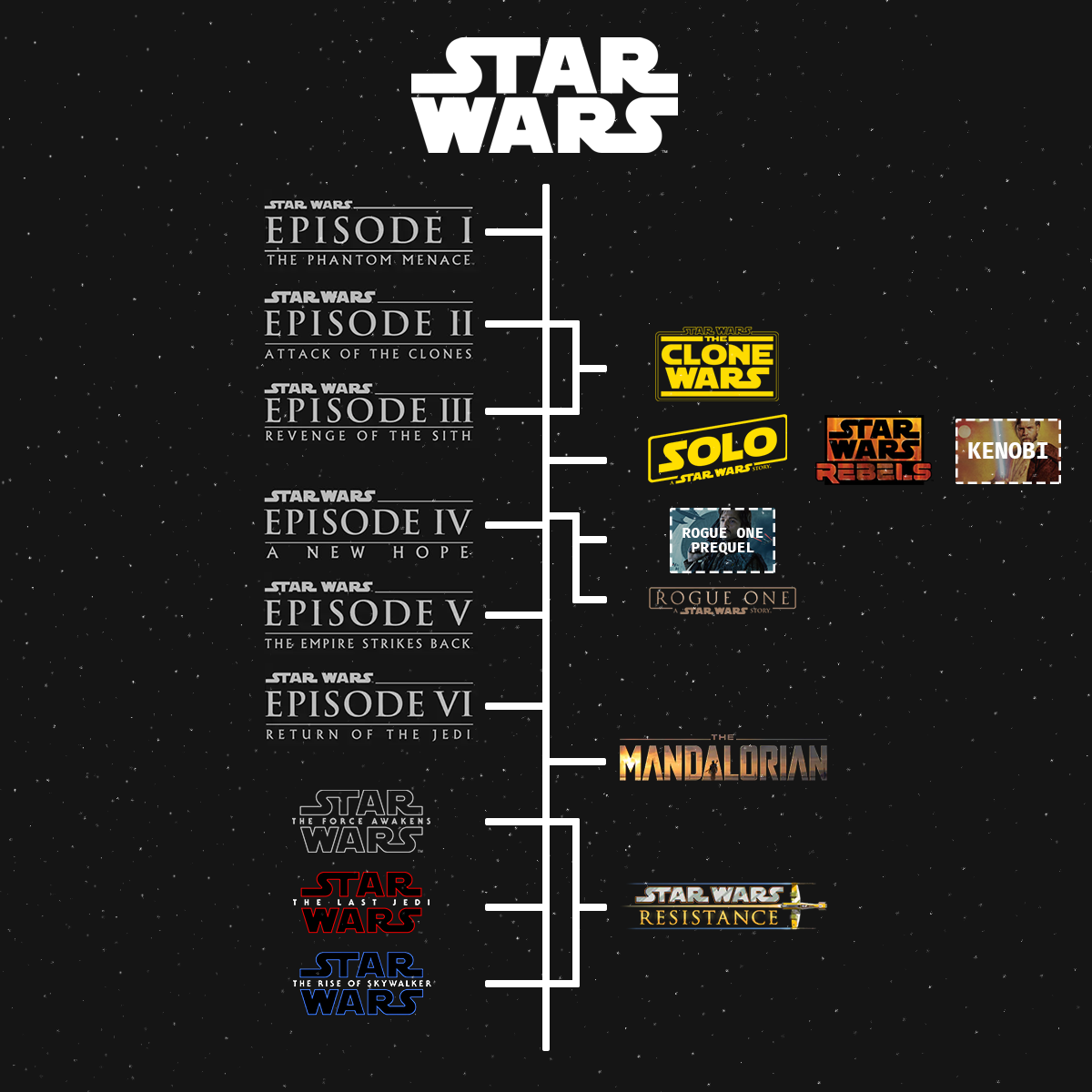
The Star Wars saga, a sprawling epic spanning decades and multiple trilogies, spin-offs, and animated series, presents a unique challenge to newcomers: in what order should one experience this galaxy far, far away? The question ignites fervent debates among fans, each advocating for their preferred viewing order, citing reasons ranging from narrative cohesion to preserving crucial plot twists. Navigating this interstellar labyrinth requires careful consideration, weighing the benefits and drawbacks of each approach.
This article delves into the most popular Star Wars viewing orders, analyzing their strengths, weaknesses, and suitability for different types of viewers. We'll examine the impact each order has on experiencing the story's key reveals, character arcs, and overall emotional resonance. Ultimately, we aim to provide a comprehensive guide to help you choose the path best suited for your own Star Wars journey.
The Chronological Order: A Straightforward Beginning
The chronological order – beginning with Episode I: The Phantom Menace and proceeding through all films and series in their in-universe timeline – offers the most straightforward approach.
This method allows viewers to witness the rise and fall of Anakin Skywalker, the Clone Wars, and the eventual formation of the Galactic Empire in a linear fashion. It's a simple, no-frills method for those seeking a purely sequential experience.
However, critics argue that starting with The Phantom Menace, often considered one of the weaker entries, can be a turn-off for new viewers. It also sacrifices the dramatic impact of certain reveals, such as the identity of Darth Vader.
The Release Order: Preserving the Nostalgia
The release order – starting with Episode IV: A New Hope (1977) and following the original trilogy, prequels, and sequels in their theatrical release order – is arguably the most nostalgic and historically significant way to watch Star Wars.
This order preserves the original experience of audiences as they encountered the story. It also protects the iconic "I am your father" reveal, a moment of dramatic tension heightened by years of anticipation.
However, the significant shifts in visual effects and storytelling styles between the original trilogy, prequels, and sequels can be jarring. The inconsistencies in technology and character portrayals might be distracting for some viewers.
The Machete Order: A Fan-Favorite Alternative
The Machete Order – Episode IV, Episode V, Episode II, Episode III, and Episode VI, omitting Episode I – is a popular fan-created viewing order designed to streamline the narrative and enhance the emotional impact.
This order positions the prequel trilogy as a flashback to provide context for Darth Vader's fall to the dark side, inserted between The Empire Strikes Back and Return of the Jedi. This approach helps strengthen the emotional core of the saga centered around Luke Skywalker and his father.
The exclusion of The Phantom Menace is a point of contention for some, as it removes crucial world-building elements. Furthermore, the jump between the original trilogy and the prequels can still be disruptive, even as a flashback.
The Hybrid Approach: Combining the Best of Both Worlds
A hybrid approach involves blending elements of different orders. One popular variation starts with the original trilogy, then delves into The Mandalorian before returning to the prequel trilogy for context.
Another combines the release order with strategic placements of spin-off films and series to enhance the overall narrative flow. For example, Rogue One: A Star Wars Story can be watched directly before A New Hope to heighten the stakes.
This customized approach offers the greatest flexibility, allowing viewers to tailor their experience to their personal preferences. However, it requires a deeper understanding of the Star Wars universe and careful planning.
Considering the Spin-offs and Series
The vast Star Wars universe extends far beyond the core Skywalker saga. Shows like The Clone Wars, Rebels, Andor, and Ahsoka enrich the story and flesh out supporting characters.
Deciding when to incorporate these elements into your viewing experience requires careful consideration. The Clone Wars, for example, fits best between Episode II and Episode III, providing crucial context for Anakin Skywalker's character development.
Andor, on the other hand, can be viewed before or after the original trilogy, offering a gritty, grounded perspective on the rebellion. The timing depends on whether you prefer to understand the rebellion's roots before or after experiencing its triumph.
The Future of Star Wars Viewing Orders
As the Star Wars universe continues to expand with new films and television series, the debate surrounding the optimal viewing order will undoubtedly continue.
New approaches will likely emerge, incorporating the latest additions and adapting to the evolving narrative landscape. The key to enjoying Star Wars lies in finding the order that best suits your personal preferences and allows you to fully immerse yourself in this incredible galaxy far, far away.
Ultimately, there is no definitively "right" way to watch Star Wars. Experiment, explore, and discover the path that ignites your passion for this enduring space opera.
